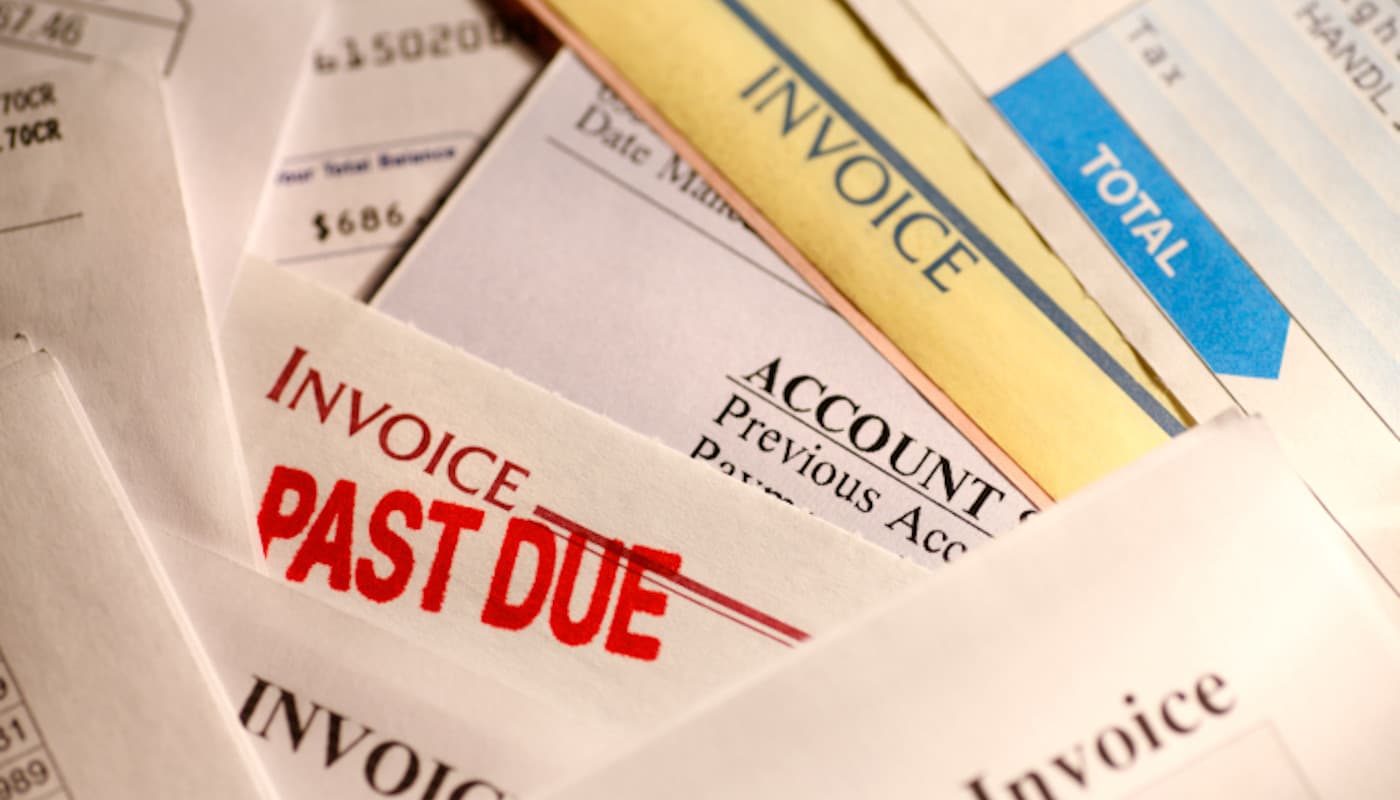What is an invoice?
Editorial Team
6 min read
What is an invoice, why does your business need one, and what steps can you take to make the invoicing process more efficient? Read below to have all your questions answered.
What does “invoice” mean?
Although they come in many forms, invoices are essentially payment requests sent to a customer when a business has successfully delivered goods or services. Invoices document:
- What items or services were sold
- How much money is owed
- What payment methods are accepted
However, most invoices also include a few more pieces of information.
What is on an invoice?
In addition to items (or services), payment methods, and the amount due, invoices can also include some or all of the following:
- Unique reference codes or ID numbers
- Contact information for the business and the customer
- Brief descriptions of goods/services purchased
- The date and time for which goods/services were provided
- Date of invoice and payment due date
- Applicable taxes, rebates, discounts, and shipping costs
It’s also a best practice to print the word “Invoice” somewhere on the statement itself.
What is an invoice used for?
The purpose of an invoice is to request payment from a customer – whether for one-off purchases or an ongoing service. It is most commonly used when there is a time delay between the request for goods and services and actual delivery. Contractors, internet service providers, and utility companies are examples of businesses that all fall into this category. By contrast, retailers and restaurants don’t normally use invoices, since the exchange of goods and payment happens on the spot, or, payment is made online before the delivery is completed.
However, invoices represent more than just a formal request of payment. They can also help add legitimacy to your growing business. Customers will likely have more confidence in your brand if you send them professional-looking invoices, whether in digital form sent to their inbox or as a paper copy sent to a mailbox or P.O. box.
Invoices serve another important purpose, too. They help establish a paper trail – complete with timestamps, dates, and detailed records. Having this type of documentation is helpful for accounting purposes and can be incredibly useful during tax season.
What are the differences among invoices, bills, and receipts?
If invoices are official requests for payment, what are bills and receipts?
Bills defined
Although “bills” and “invoices” are often used interchangeably, they are actually separate terms used to describe the same payment request. The only difference is that the business sends an invoice – whereas the customer receives a bill.
Receipts defined
Whereas invoices are sent prior to payment, receipts are always generated after payment. They provide the customer and business with official confirmation that the invoice has been settled.
Receipts also apply to in-store or online purchases for which no invoice is required. The cashier tells you how much everything costs or the shopping cart software displays the amount owed. After paying at the counter or on the checkout page, you receive a paper or electronic receipt.
The most common invoice types
Every business has slightly different payment needs, but most invoices fall into one of the following categories:
- Order-based: Pay for items/services on a project-by-project basis
- Time-based: Often used by lawyers, consultants, and other service providers to bill for the number of hours worked
- Recurring: For ongoing services, e.g., magazine/internet subscriptions
- Late notice: Final warning about delinquent bills
- Pro forma: Courtesy notice that official payment request is coming soon
It is also worth noting that all of the above can be sent either as hardcopy statements or as online requests. Paper is the older and more established method, but it has drawbacks, including:
Cost: With hardcopies, you have added expenses that include ink, paper, and postage to manually process outgoing invoices. You also have to factor in the time and cost that managing paperwork requires, whether it is done by you or another paid employee. Of course, there is also the environmental cost when sending hardcopy statements to customers.
Speed: Mailing invoices by post takes time, and some statements occasionally get lost. When you factor in the time it takes for invoices to be sent and checks to be returned, you may be looking at 30 days or more to settle payment.
Productivity: Even with a well-organized paper-filing system, document storage and retrieval can slow down your operations and make you less efficient. It also requires you to be on-site when managing paper records.
By contrast, sending electronic statements helps you avoid those issues, plus you receive these benefits:
- Online invoices are essentially free to send/receive
- Electronic invoicing is more sustainable
- Cloud-based access allows you to manage invoices from any connected device
Probably most important, however, is that sending invoices by email is instantaneous. This helps to speed up the payment process, improving your cash flow.
However, there are steps you can take to help reduce payment delays even more.
Invoice tips and best practices
Use the tips and best practices below to help you get paid faster:
- Send invoices as early as possible – preferably on the same day you deliver your products and services. The faster customers receive their bills, the sooner you will get paid.
- Invest in an invoice software platform. This will make managing payments much easier – especially if you enable automated reminders.
- Make sure whatever invoicing software you choose integrates with the accounting and sales tools that your team already uses. Payment integration can help you save time and help eliminate errors.
- Set clear payment terms to reduce any potential confusion down the road. This documentation should include exact due dates – plus any potential fees for late payments.
- Offer as many payment options as possible. Doing so can help reduce the number of late payments – especially from those customers who might not have checks.
- Work with a payment processor that specializes in PCI-compliant data security if you allow your customers to pay with credit or debit cards. Delinquent bills might slow your business down, but fraudulent credit card payments can put your business at risk.
Looking for an invoicing solution that can help your business grow?
At Clover, our PCI-compliant payment processing solutions include powerful invoicing tools to help you get paid as quickly as possible. In fact, our invoicing feature already comes preinstalled in your Clover® Virtual Terminal.
To learn more, schedule a free consultation with our merchant services team today, or browse our complete line of payment solutions and POS systems.
Related Posts
Accept credit card payments with an iPad POS system
9 tips for hiring in a super-tight labor market
Popular Topics
Stay In Touch
Sign up and learn more about Clover.
Thank you for your subscription!
Recent Stories
- Jewelry store supplies and equipment needed for opening day
- How small businesses can use employee discounts to retain staff
- Tips and tricks for opening an outdoor pop-up restaurant
Please share your contact information
to access our premium content.
Thank you for sharing your contact information.
Download Now





